Oh, ok. Thanks.
I realize that I left this part out of my citation above... Arsenic is found in prawns I guess, which live in the ocean. Beyond that, I'm not sure either, but the work is called element 33, and element 33 is arsenic.
Perhaps it's a comment on suicide or perhaps the drudgery of common life, or perhaps the fear invoked by seeing nothing but water. That's just me though, that's what I thought about as I looked at this work.
Edit: re-reading my citation above, I realize I left out the part where prawns are a major source of Arsenic.
Element number 33 is Arsenic
Uses
Arsenic is a well-known poison. Arsenic compounds are sometimes used as rat poisons and insecticides but their use is strictly controlled.
Surprisingly, arsenic can also have medicinal applications. In Victorian times, Dr Fowler’s Solution (potassium arsenate dissolved in water) was a popular cure-all tonic that was even used by Charles Dickens. Today, organoarsenic compounds are added to poultry feed to prevent disease and improve weight gain.
Arsenic is used as a doping agent in semiconductors (gallium arsenide) for solid-state devices. It is also used in bronzing, pyrotechnics and for hardening shot.
Arsenic compounds can be used to make special glass and preserve wood.
Biological role
Some scientists think that arsenic may be an essential element in our diet in very, very low doses. In small doses it is toxic and a suspected carcinogen. Once inside the body it bonds to atoms in the hair, so analysing hair samples can show whether someone has been exposed to arsenic. Some foods, such as prawns, contain a surprising amount of arsenic in a less harmful, organic form.
Natural abundance
A small amount of arsenic is found in its native state. It is mainly found in minerals. The most common arsenic-containing mineral is arsenopyrite. Others include realgar, orpiment and enargite. Most arsenic is produced as a by-product of copper and lead refining. It can be obtained from arsenopyrite by heating, causing the arsenic to sublime and leave behind iron(II) sulfide.
I was reading What to expect before you're expecting and it says to stay away from any food that comes in any kind of plastic, esp if the plastic container needs to be heated/re-heated.
It says when it gets into your blood stream your body thinks it's estrogen.
The most fucked up part is the EPA says the risk is very low. Probably because plastics are literally everywhere, and banning them at this point would cause an economic catastrophe. Which it def would.
This is an article about BPAs, but they are just the tip of the iceberg of the phtalates - chemicals used to make plastic more durable.
Wow, this is awesome.
"A woman holds part of her elaborate garment over a silver censer to capture the perfumed smoke of smoldering ambergris. A waxy substance extracted from whales, ambergris was used in some religious rituals and was also said to have aphrodisiac qualities. Sargent began this painting in Tangier, with a model posed on the patio of a rented house, but he completed it in his Paris studio. The finished painting presents a fantasy for Western eyes, combining details of costume and setting adapted from different regions across North Africa."
https://www.clarkart.edu/ArtPiece/Detail/Fumee-d-ambre-gris-(Smoke-of-Ambergris)-(2)
Definitely. I didn't even know ambergris was a thing outside the book. Gross word, ok book tho. I wish there would a been more about the mushroom-people cult. And this painting definitely gives me mushroom-people vibes.
Is this from the Vandermeer book?
Any mention of a server room reminds me of the fable of the guy, we'll call him Mike, who unplugged the Internet.
I can't remember where I read it, I think it was greentext on Reddit years ago.
So Mike is an intern, and due to some weird circumstances he becomes the only network admin in the building. Well, one day he doesn't esnt feel like working, so on his way in, he stops by the server room and unplugs the internet.
He then goes to his desk like a normal day. Then he starts getting phone calls. Everybody is freaking out because there is no Internet. So he begrudgingly descends into the server room and starts playing video games on his phone.
Close to the end of the day, he plugs the Internet back in and ascends a hero to the employees because they think he's been working hard all day to give them internet.
PC Load Letter
Studies show more time spent in the store equates to more sales. They have to measure time in store and extra sales against time to reorganize. As regular time moves forward it becomes increasingly worth more to rearrange until it outweighs the time to reorganize by a certain margin.
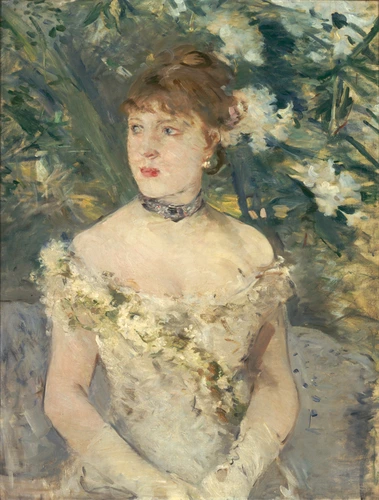
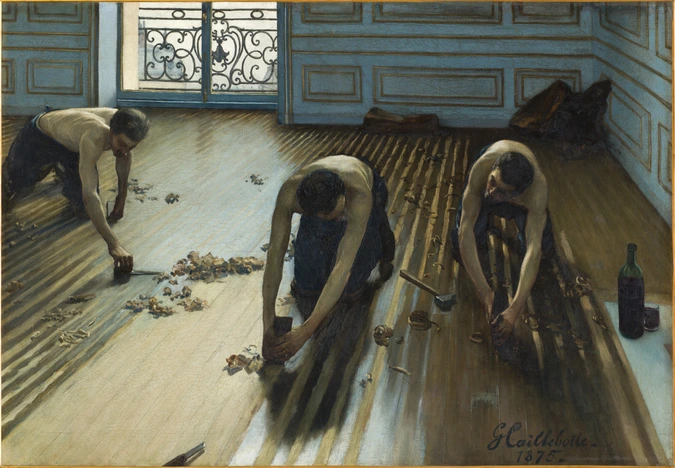
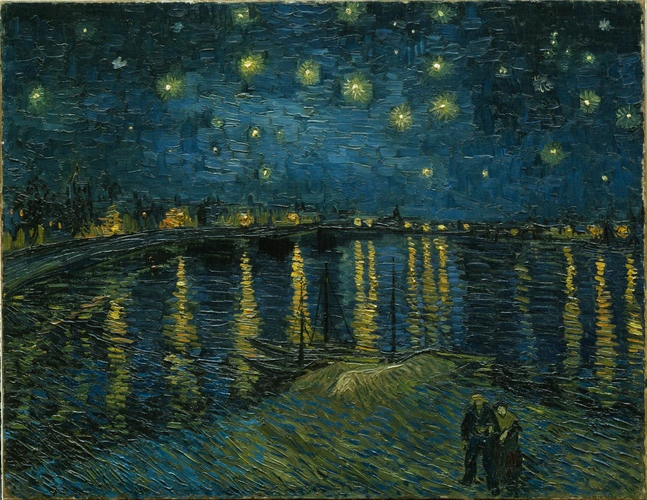
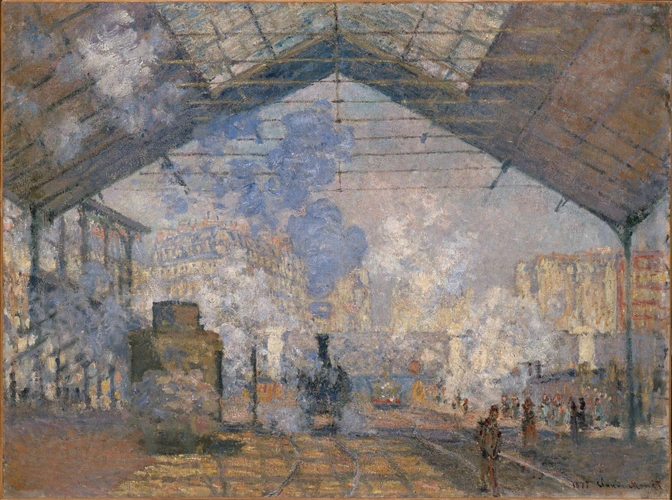
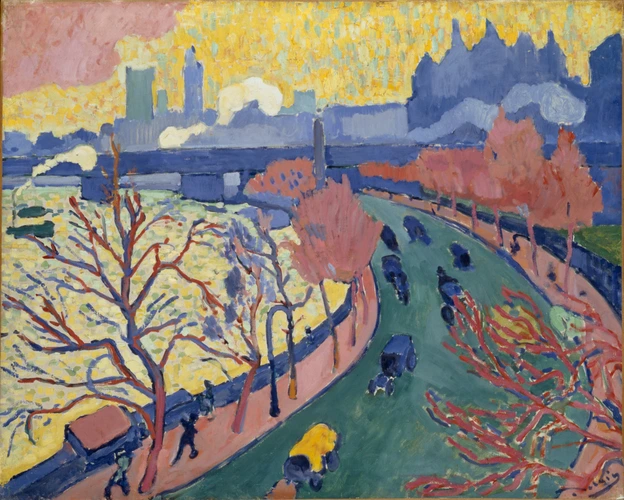
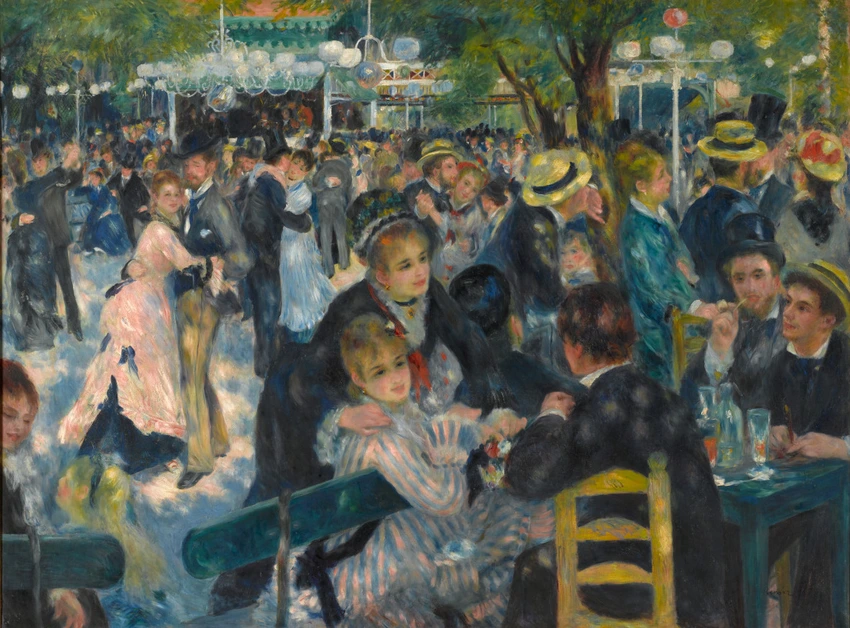
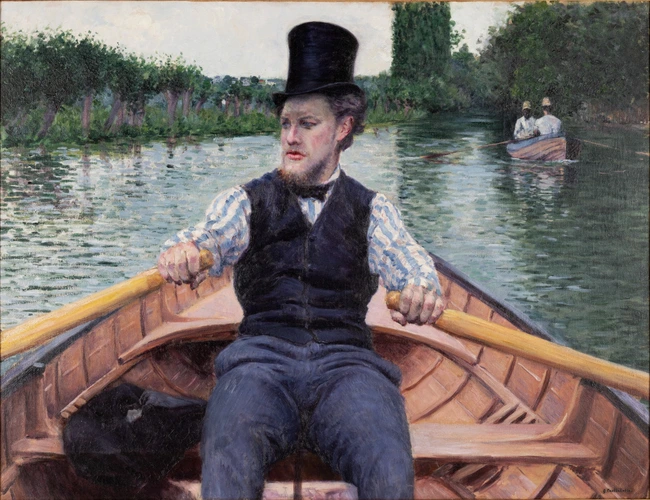


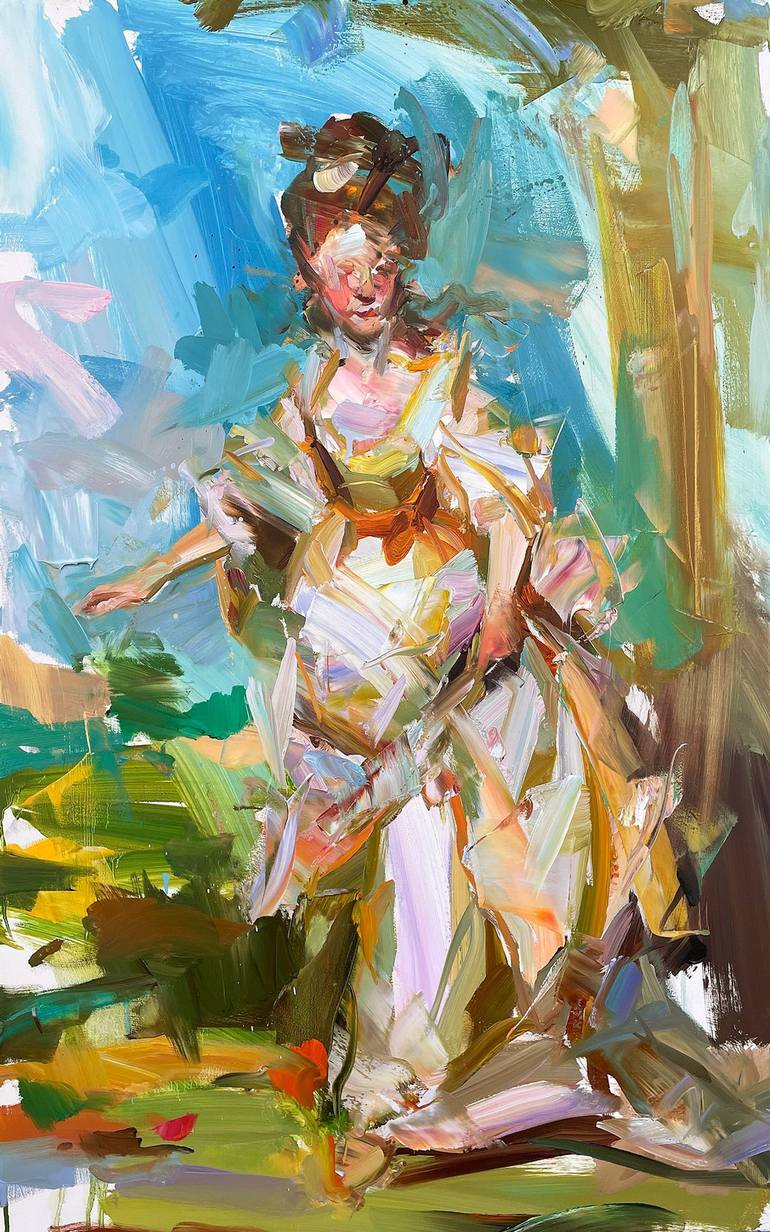


That is funny tho, thinking about the art vs the artist's intent.
In this case, the artist made a great many of these, and decided to call them elements.
Then, you posted 33 here.
Then I, acting upon only the context of the painting and title, decided to look up what element 33 was.
And now when I look at all those beautiful paintings I only think of arsenic. Whereas if I had seen them all together, the element number would've been basically meaningless - just an interesting way to name paintings that don't really have names.
So, in that case, I thank you for the opportunity to have more attached meaning to this than would've otherwise been allowed.